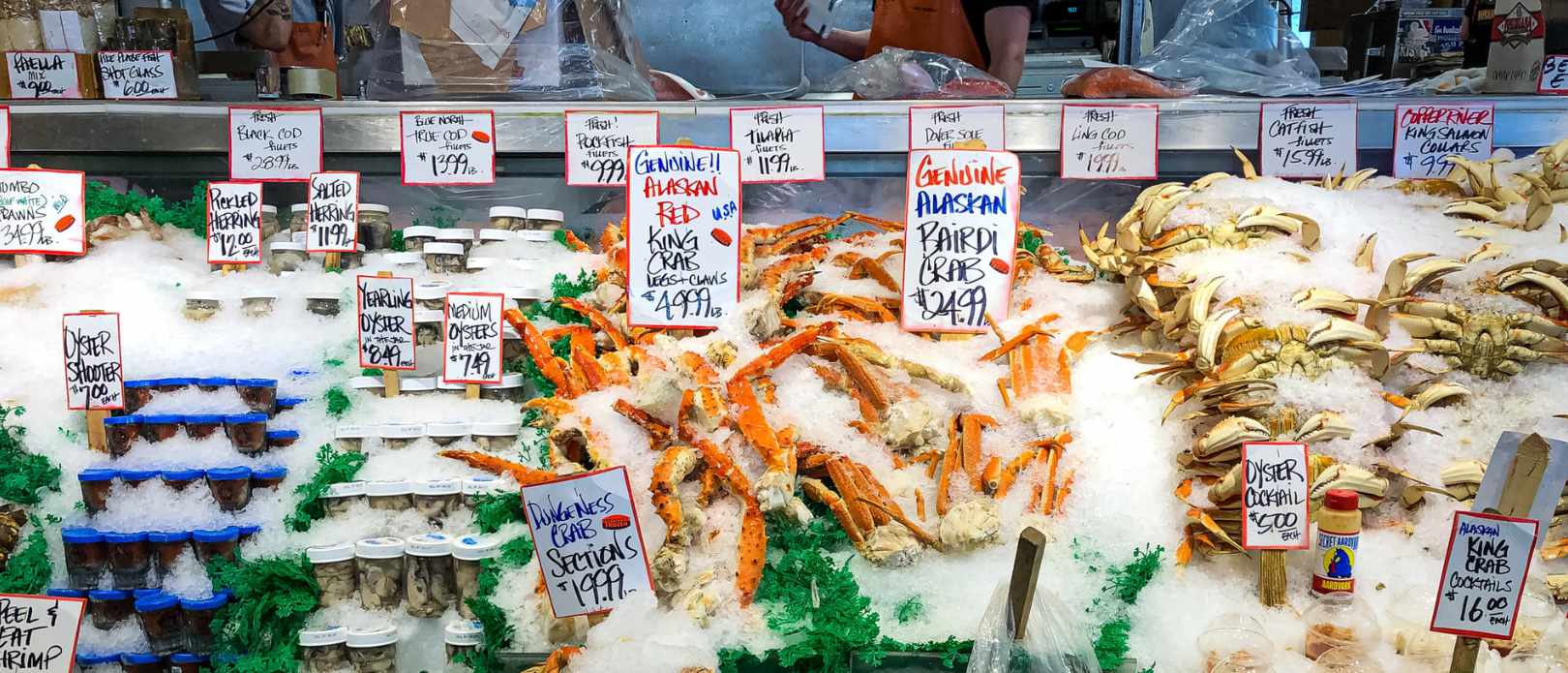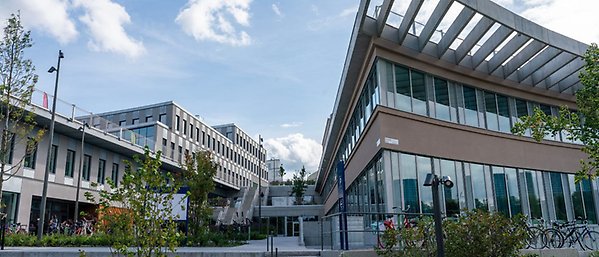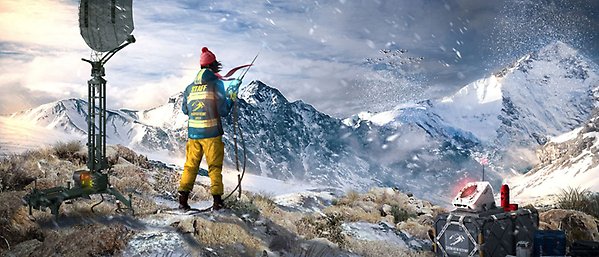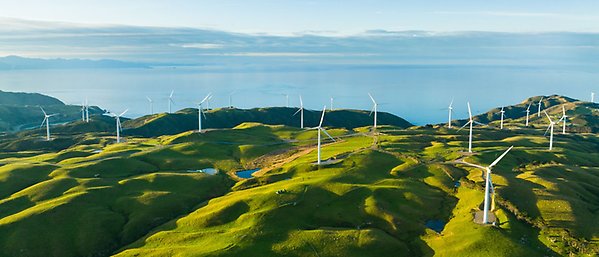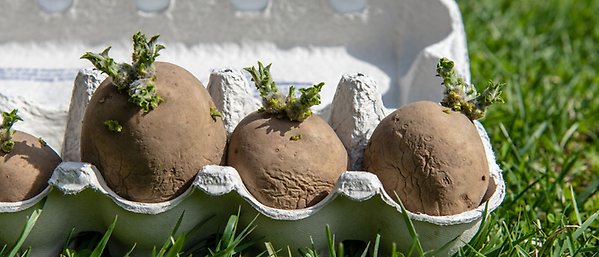SUSTAINABLE FOOD PRODUCTION
Aquatic foods offer great untapped potential for providing more sustainable diets
First assessment of its kind produces environmental profiles for the full range of aquatic, or blue foods, to help guide more sustainable food production and diets
- The study offers the most standardized assessment of the environmental pressures stemming from blue food production to date
- Seaweeds and farmed bivalves, such as mussels and oysters, generate the fewest greenhouse gas and nutrient emissions and use the least land and water
- This research fills gaps in previous studies on the environmental stresses associated with food production, which often exclude blue foods
A NEW BENCHMARK FOR BLUE FOODS: A landmark study has shown significant unfulfilled potential for aquaculture to become more sustainable, adding to a number of species that already place limited pressure on the environment, such as seaweed, bivalves, and certain carps.
The research, entitled Environmental performance of blue foods, was one of five initial scientific papers published as part of the Blue Food Assessment.
Centre researchers Max Troell, Malin Jonell and Patrik Henriksson are co-authors on the paper.
See overview of all five papers at the bottom of the article.
Not just nutritiously, but also sustainably
The authors behind the new paper produced the most standardized assessment of the environmental pressures stemming from blue food production to date, covering nearly three quarters of global production, and drawing on studies collectively reporting data from more than 1,690 fish farms and 1,000 unique fishery records worldwide.
The paper finds that seaweeds and farmed bivalves, such as mussels and oysters, generate the fewest greenhouse gas and nutrient emissions and use the least land and water. Capture fisheries also result in few nutrient emissions and use limited land and water, but greenhouse gas emissions range from relatively low, such as for sardines and cod, to relatively high for flatfish and lobsters, compared to farmed fish.
Commonly eaten farmed finfish, such as salmon and carp, outperform other farmed blue foods on several environmental indicators, while most blue foods outperform chicken, which generates similar environmental pressures as tilapia.
With demand for blue foods rising around the world, we need a better understanding of how the environmental pressures compare across this diverse group of foods to ensure we are not just eating nutritiously, but also sustainably.
Jessica A. Gephart, lead author and researcher at American University
Making more informed decisions
This new set of standardized metrics can be used to benchmark the environmental impacts of blue foods to steer future production toward lower emissions and resource use.
The paper also highlighted the significant potential of many subsectors, such as carp and milkfish, to improve their environmental performance through improved farm management, reduced feed conversion ratios, and innovative technological interventions.
Capture fisheries also have potential to reduce greenhouse gas emissions through improved management and optimizing gear types.
“Most aquaculture systems have not realized the levels of efficiency seen in terrestrial production systems, leaving substantial opportunities for optimization and improvements in efficiency and sustainability,” said Patrik Henriksson.
This research filled gaps in previous studies on the environmental stresses associated with food production, which often exclude blue foods, and when blue foods are included, they are typically aggregated, overlooking the vast range of species that belong to blue foods.
The study will ultimately allow businesses, certifiers, NGOs, and other interested parties, including consumers, to make more informed decisions about how to support sustainable blue foods, helping also to highlight the rich diversity and variety of the blue food sector.
Summary of science papers
Food security for millions undermined by lack of policy support for small-scale fisheries and aquaculture
A new paper highlights the important role of small-scale fisheries and aquaculture in supporting livelihoods worldwide and tackling some of the world’s most pressing challenges.
Aquatic foods offer great untapped potential for providing more sustainable diets
First assessment of its kind produces environmental profiles for the full range of aquatic, or blue foods, to help guide more sustainable food production and diets.
Climate change creates ‘double jeopardy’ for fish-dependent countries
A new study highlights the importance of collective action to boost resilience across all aquatic food systems to stave off the worst effects of climate change.
Global demand for aquatic foods set to nearly double by 2050
Improvements to aquaculture production, lower prices, and changing cultural preferences expected to drive up demand for fish, seafood and seaweed, according to new research.
More affordable aquatic foods could prevent 166 million micronutrient deficiencies worldwide, finds new paper
For the first time, the nutritional benefits of thousands of marine and freshwater species have been profiled in a new study.
Gephart, J.A., Henriksson, P.J.G., Parker, R.W.R. et al. Environmental performance of blue foods. Nature 597, 360–365 (2021). https://doi.org/10.1038/s41586-021-03889-2
About the Blue Food Assessment
The Blue Food Assessment (BFA) is an international joint initiative bringing together over 100 scientists from more than 25 institutions. Led by the Stockholm Resilience Centre, Stanford University, and EAT, the BFA supports decision-makers in evaluating trade-offs and implementing solutions to build healthy, equitable and sustainable food systems.
For more information about the assessment, contact:
Sturle Hauge Simonsen, head of communications, Stockholm Resilience Centre
